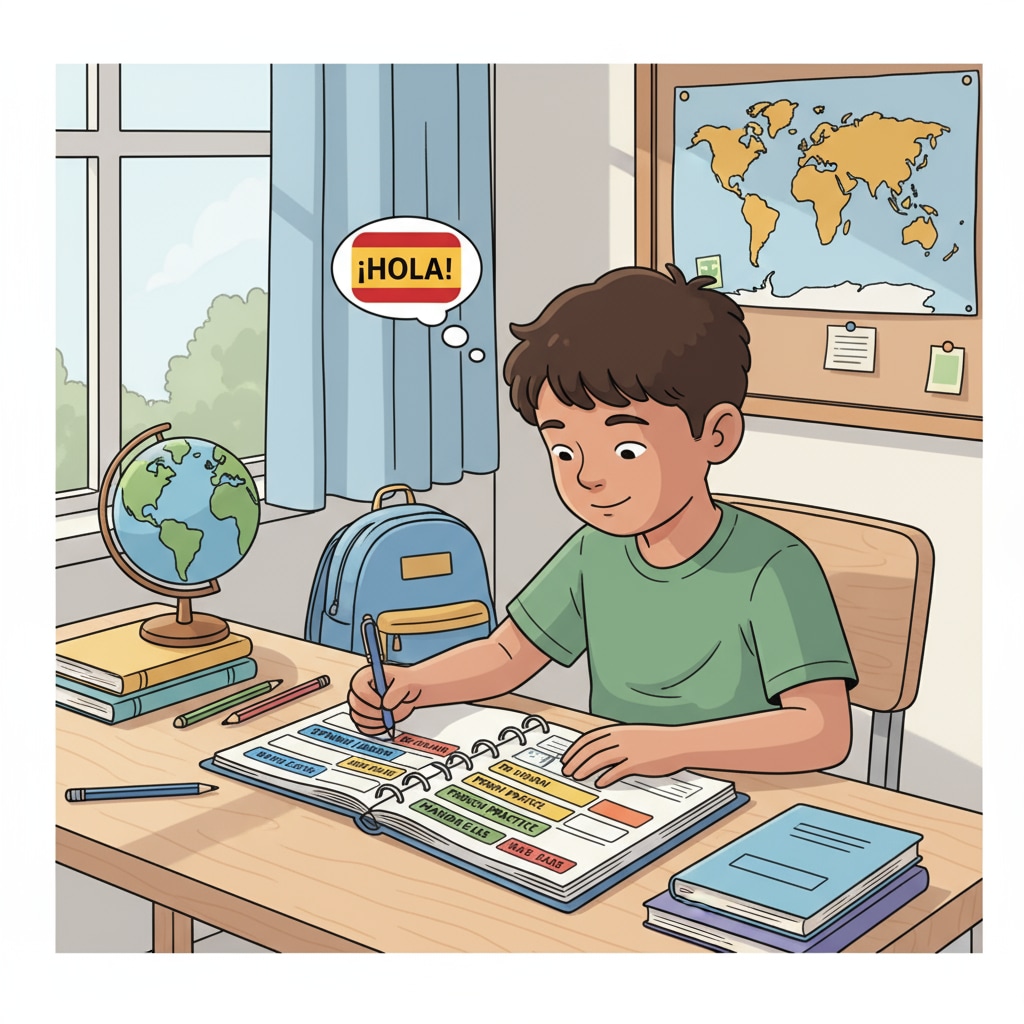Language learning, polyglots, and learning strategies are crucial aspects when it comes to children’s education in the K12 phase. In today’s globalized world, the ability to communicate in multiple languages is not just an advantage but a necessity. This article aims to provide comprehensive guidance on how kids in K12 can embark on the journey of multilingual learning.

Selecting the Right Languages
Choosing which languages to learn is the first step. Consider the child’s interests. For example, if a child is fascinated by Japanese culture, learning Japanese could be a great choice. Another factor is practicality. English, being a global language, is often a must-learn. According to Wikipedia’s list of global languages, languages like Spanish and Mandarin are also widely spoken and can open up numerous opportunities. Additionally, look at the family’s cultural background. If the family has roots in a particular country, learning that native language can help preserve cultural heritage.
Effective Learning Time Planning
Proper time management is essential for successful language learning. Younger children in the early K12 years may have shorter attention spans, so short and frequent study sessions are advisable. For instance, 15 – 20 minutes of focused learning a few times a day can be more effective than one long session. As children grow older, they can gradually increase the duration of their study time. According to Britannica’s learning theory page, consistent practice over time is key to language acquisition. Set aside specific times each day for language learning, making it a regular part of the routine.

When it comes to multilingual learning in K12, various practical methods can be employed. Immersion is a powerful technique. This could involve watching cartoons or movies in the target language, listening to music, or even joining language immersion camps during holidays. Another method is using language learning apps. There are many user-friendly apps available that offer interactive lessons, games, and exercises. Additionally, reading simple books in the target language can enhance vocabulary and comprehension skills.
Readability guidance: By following these strategies for language selection, time planning, and using practical learning methods, K12 students can take significant steps towards becoming polyglots. These approaches ensure that language learning is both enjoyable and effective, laying a solid foundation for future multilingual proficiency.


